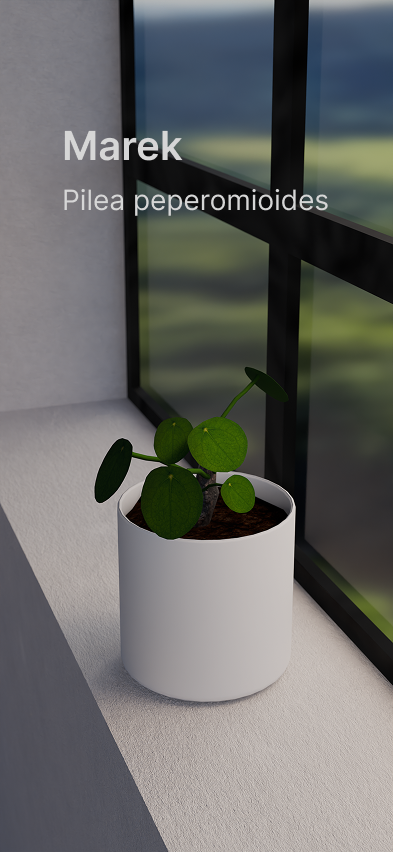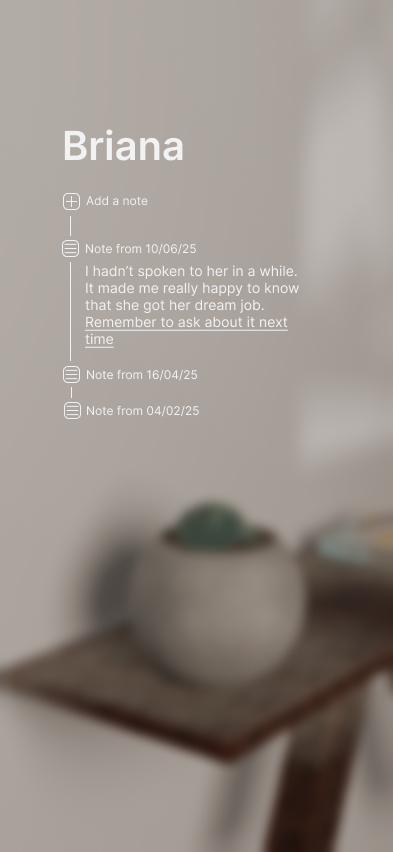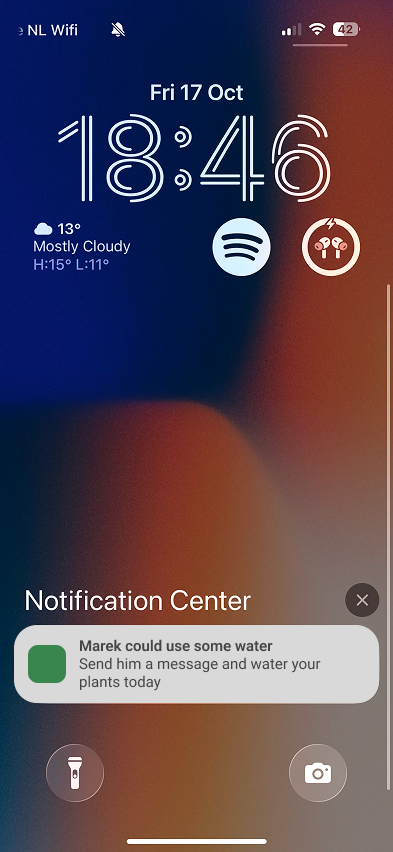Garden is meant to be a different style of relationship manager. The main idea stems from the notion that, in reality, the nodes closest to you are often the ones that make you the strongest.
When I moved away from home, I found myself leaving behind more than just the location. I felt alone isolated. All of a sudden, people I saw every day received one call a week. I was meeting lots of new people, experiencing new places, but I was also watching the relationships I had cultivated for years prior slowly wither.
Garden was my answer to this tension. Instead of focusing on the exciting concept of connecting with new people, it emphasizes the care that one must have for their long term bonds. It is the opposite of exciting, and has the power to make your life so much happier greener.
The plant care metaphor does a lot of heavy lifting on multiple interaction layers:
Relationships as living, breathing beings. It borrows from the Tamagotchi and applies it to human connection. When a plant is neglected, you feel it. When a plant thrives, the atmosphere around it glows, and you feel accomplished.
Individualized care for both humans and plants. Anyone who owns plants has killed one. Like plants, human connections require different levels of attention and affection. You build care rhythms unique to every relationship, just like you would for an orchid or a cactus.
Water, fertilizer, and sunlight. Garden expands on how care actually works. Timing matters (reaching out when it's convenient). Memory matters (remembering small details from the past). Variety matters (mixing texts, calls, and in-person time). Each interaction type contributes differently to relationship health.
For the visual language I spent a lot of time walking. Living in the Netherlands gave me an unexpected vantage point: I could see into people's houses. Such a small insight became the base of the design language. It was important that the plants felt alive, and for that, they needed to exist in a world in which they were cared for.
The whole design uses transparent materials, so even deep in menus, the plant would remain in center stage.
Core mechanisms include:
Transparency: Keeps the relationship always visible, centering what matters
Watering reminders: Notifications prompt you to reach out
Memory logs: Brief notes about previous conversations
Timezone Awareness: So you know when it's best for you to reach out
Outreach variety: encouraging different connection styles
Version 1 of Garden wasn't particularly polished, but it was intentional: a calendar with my relationships contact details, their plant type, and a logbook kept in my notes app. It solved my problem though I constantly wished it looked nicer.
I'm learning mobile development frameworks, so that version 2 will be something others can use. In the meantime, my relationships will continue growing in my calendar


